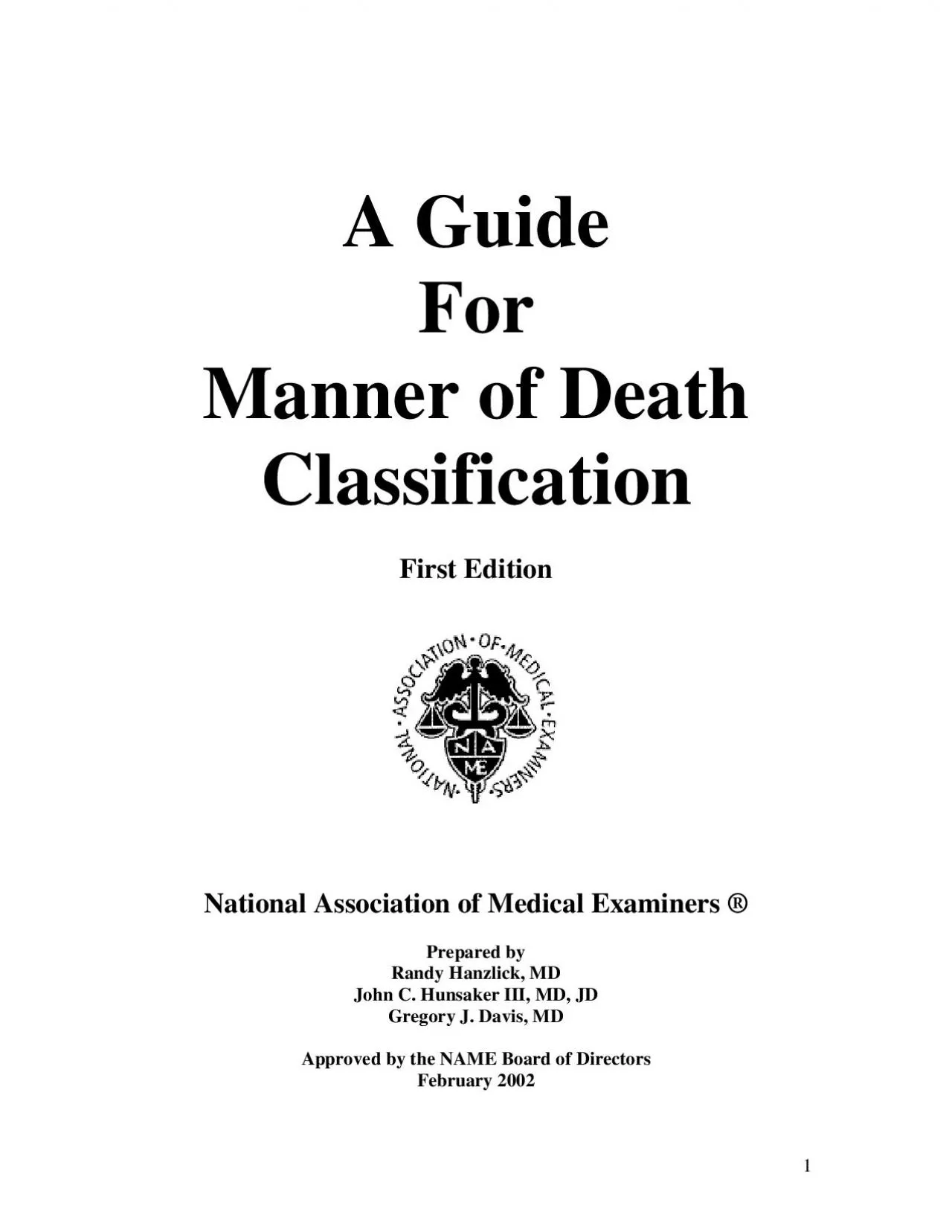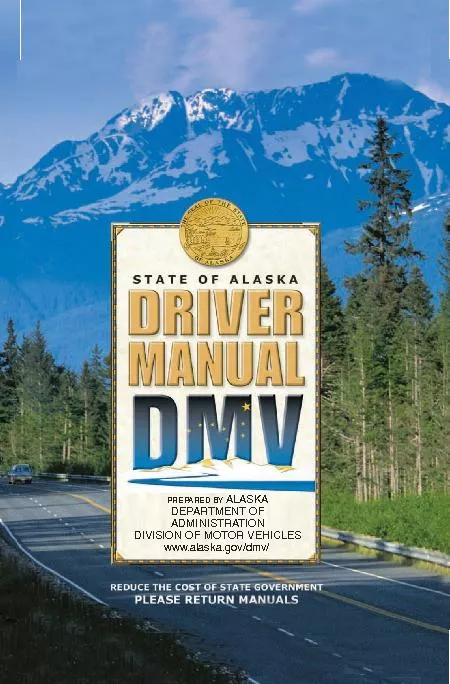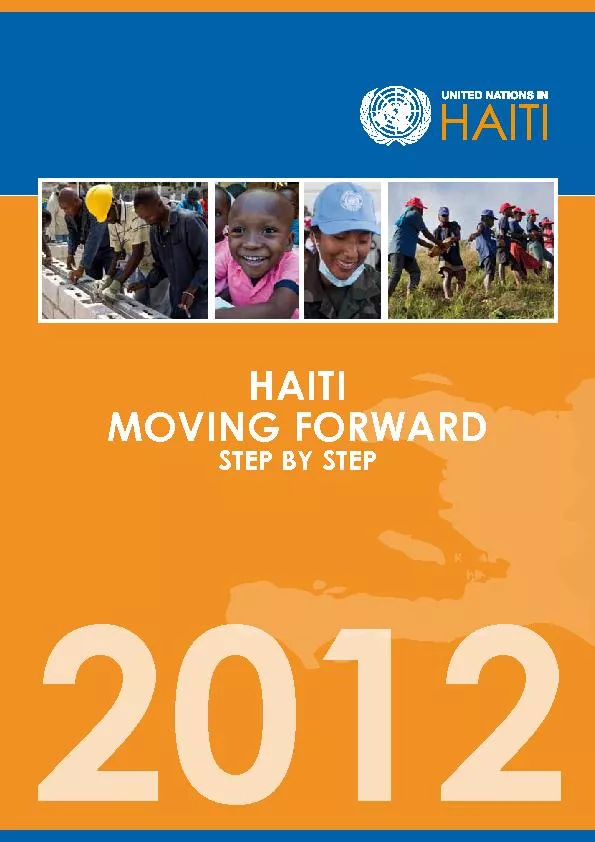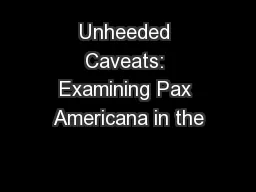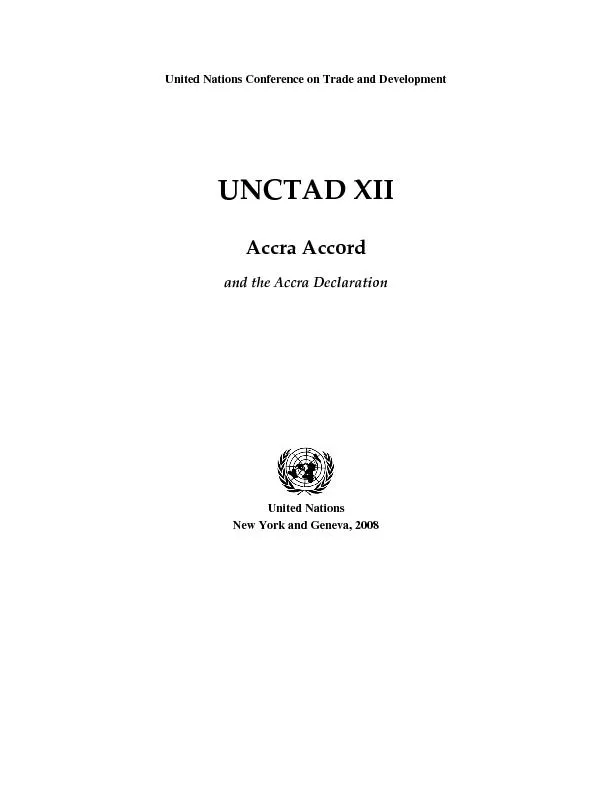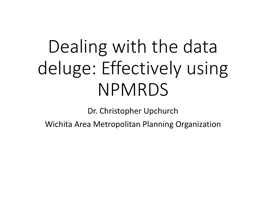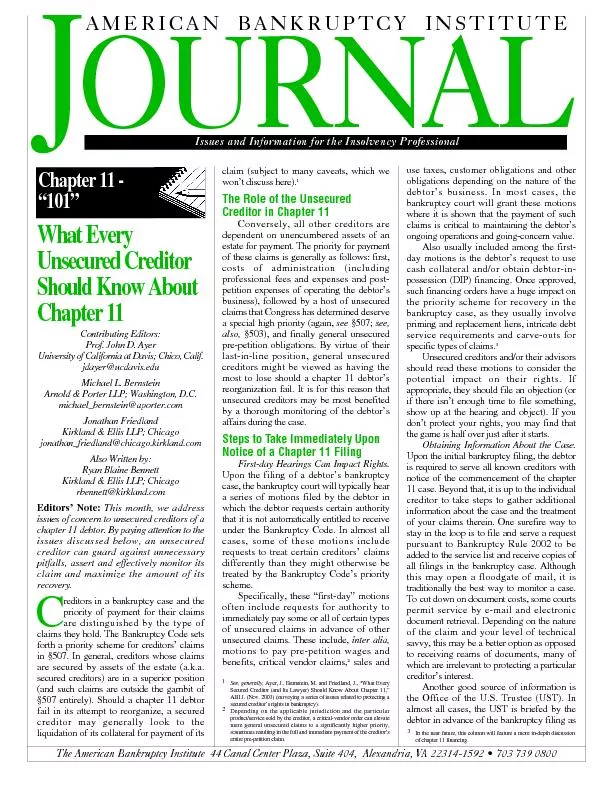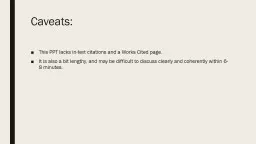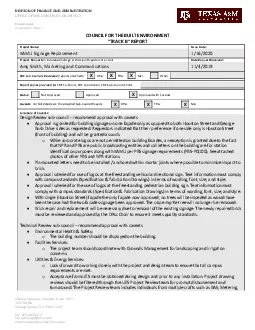PDF-Preface and Caveats
Author : delcy | Published Date : 2021-09-26
If reading this Guide results in a given cerapproach to classifying manner of death in certain types of cases there is no need to amend or change certifications
Presentation Embed Code
Download Presentation
Download Presentation The PPT/PDF document "Preface and Caveats" is the property of its rightful owner. Permission is granted to download and print the materials on this website for personal, non-commercial use only, and to display it on your personal computer provided you do not modify the materials and that you retain all copyright notices contained in the materials. By downloading content from our website, you accept the terms of this agreement.
Preface and Caveats: Transcript
Download Rules Of Document
"Preface and Caveats"The content belongs to its owner. You may download and print it for personal use, without modification, and keep all copyright notices. By downloading, you agree to these terms.
Related Documents

